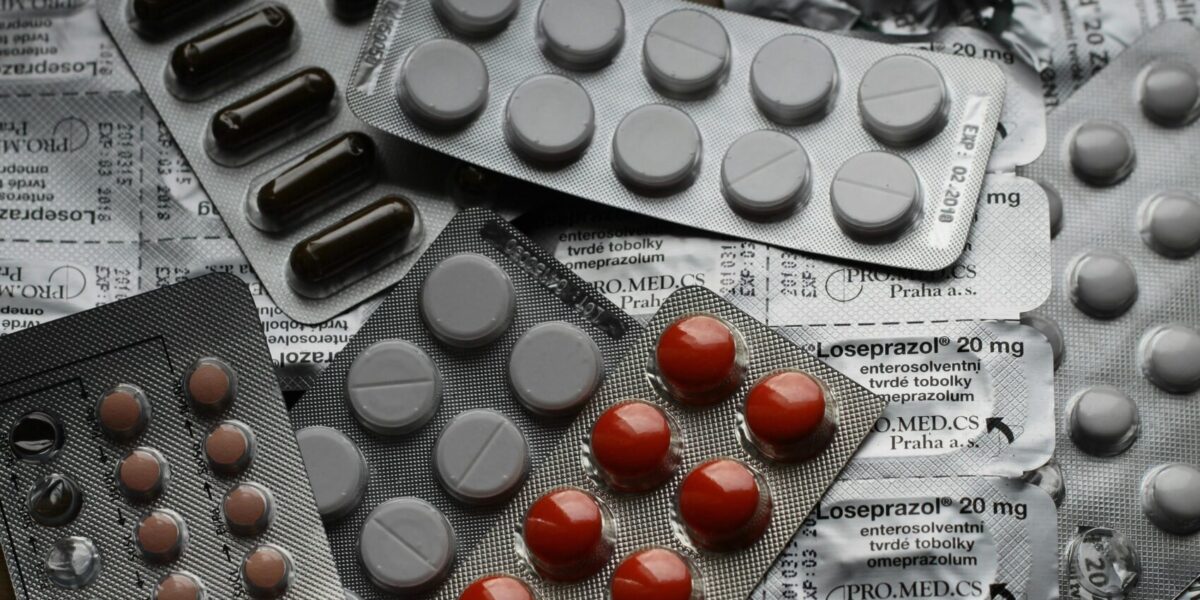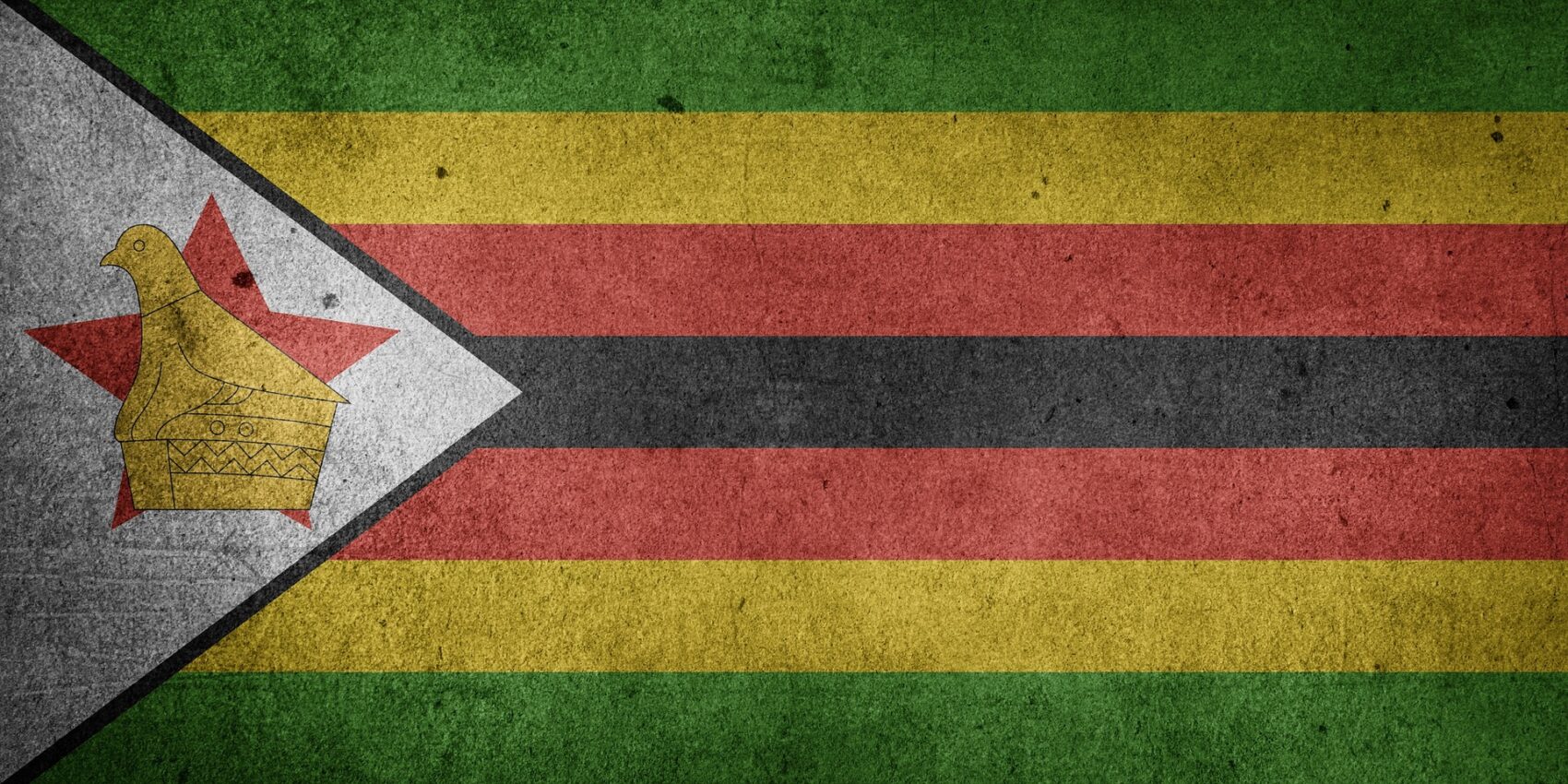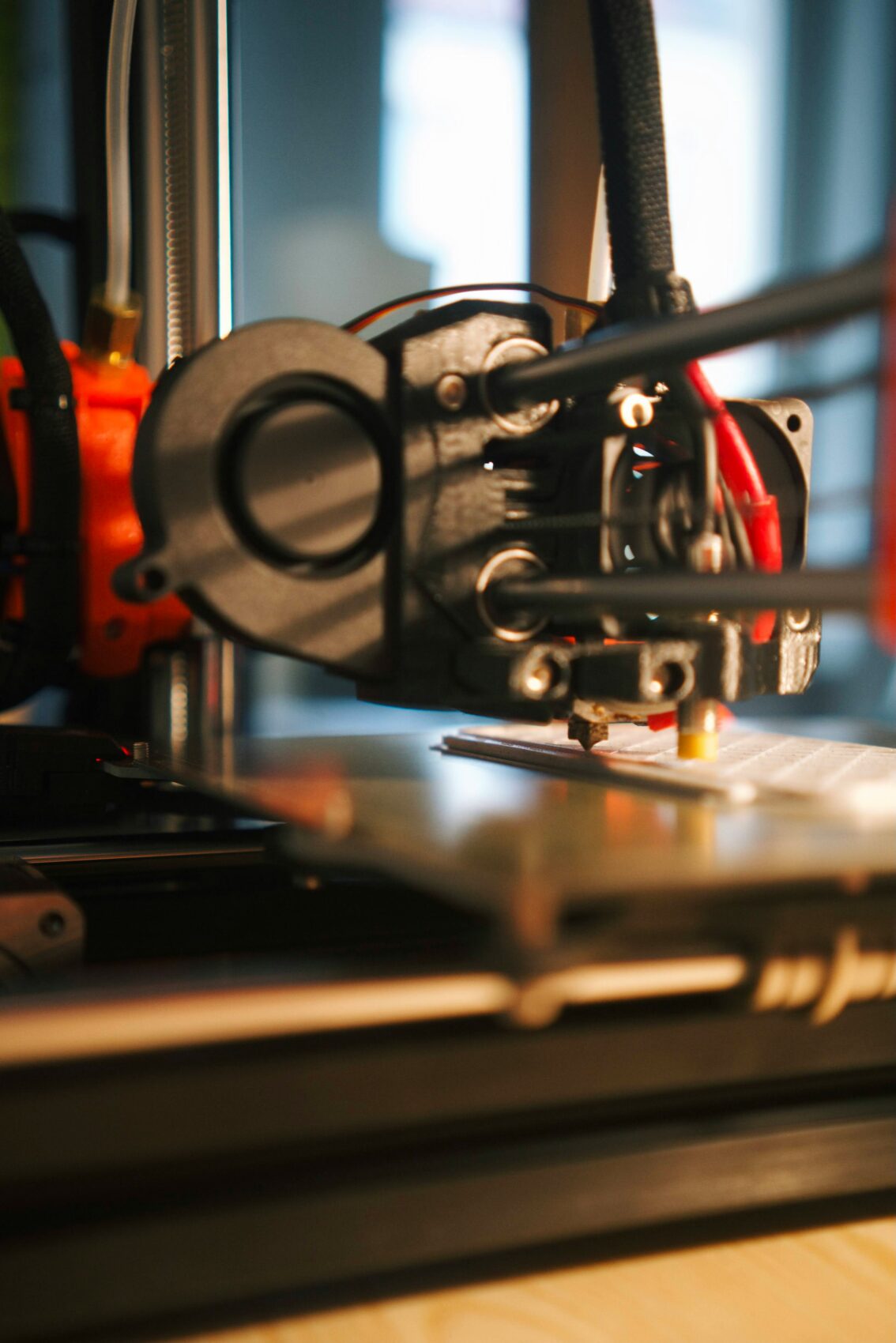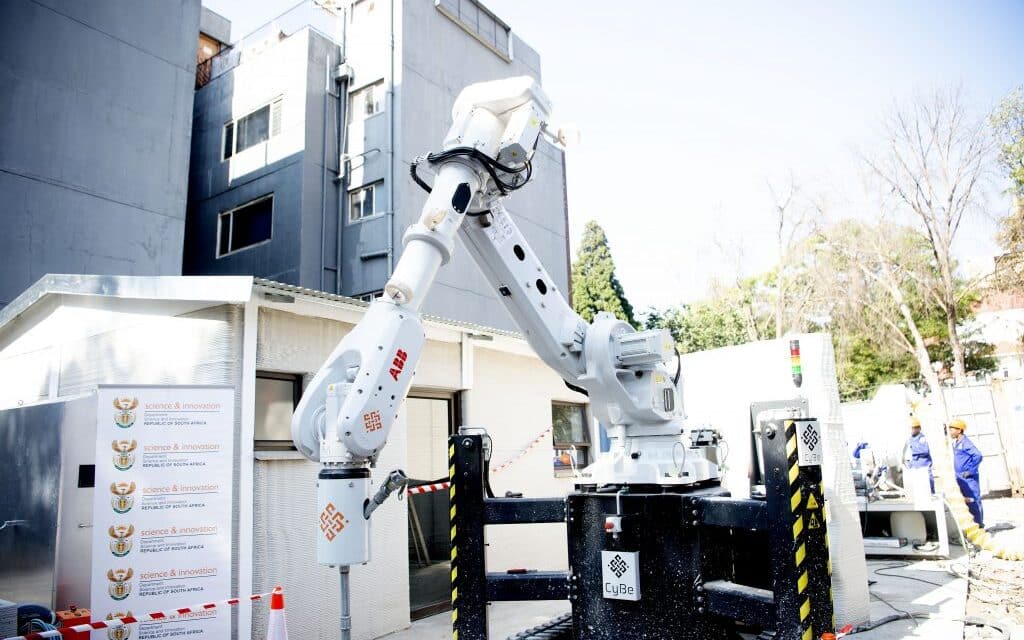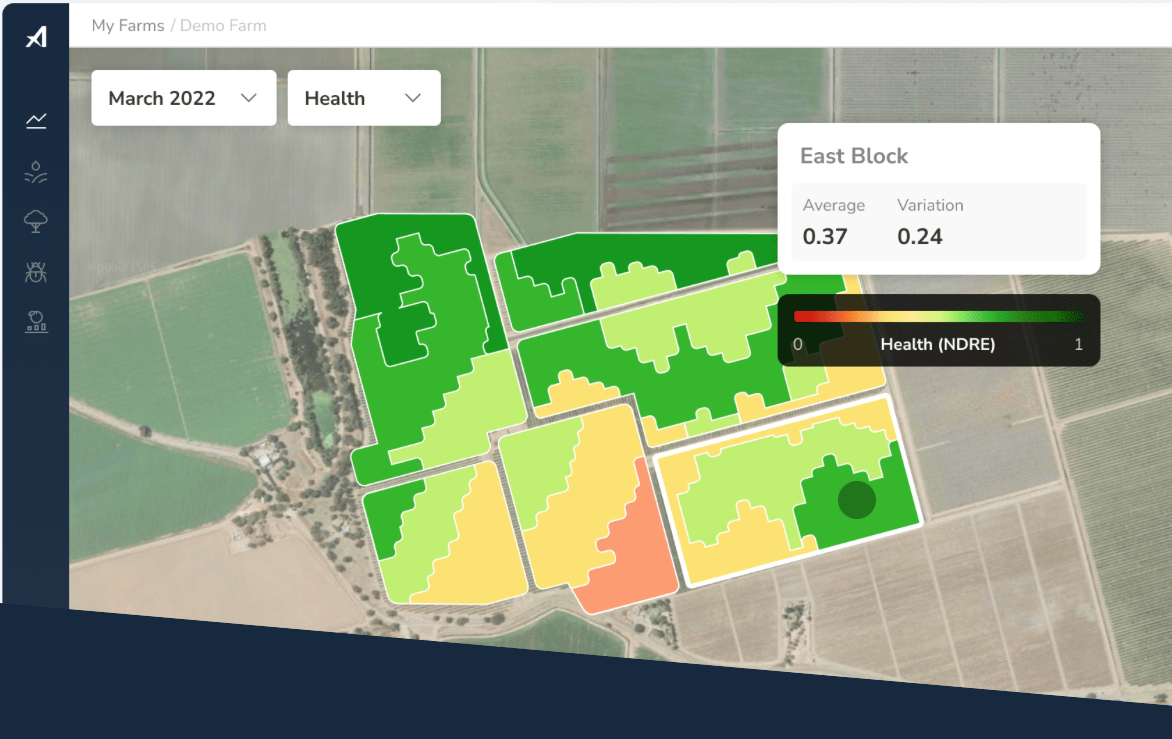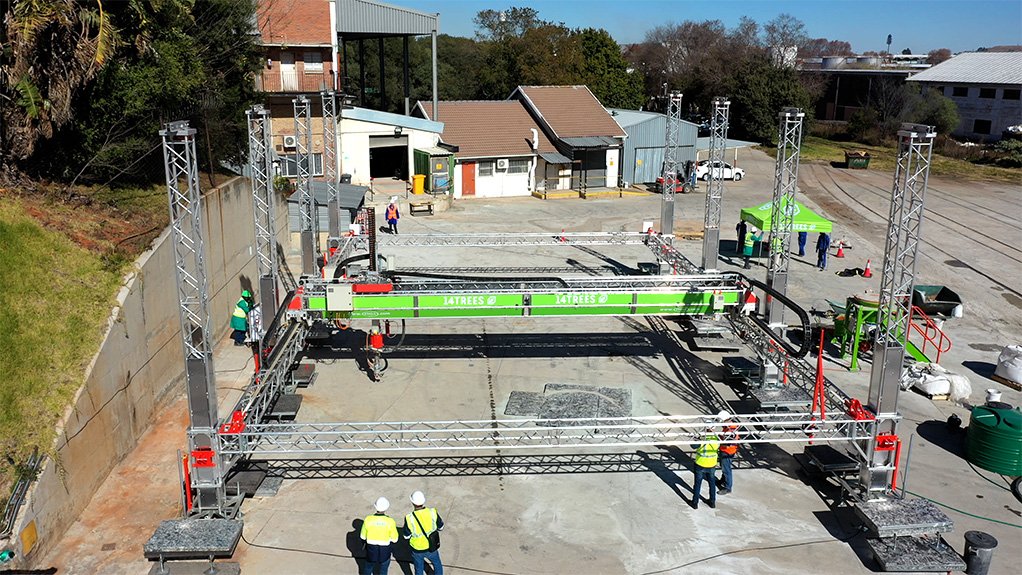3D Printed Drugs and African Healthcare
3D printing technology could enable on-demand, personalized medicine production in Africa, potentially reducing the continent’s reliance on expensive imported drugs.
Key Points
- Researchers from The University of Queensland have demonstrated the ability to 3D print tablets with very accurate doses, which could address specific dosing challenges in African populations.
- This technology could significantly lower healthcare costs and improve access to essential medications across Africa, especially in remote areas.
- Similar to South Africa’s MedAdd project for 3D printed medical devices, 3D printed medicines represent an opportunity for local manufacturing and healthcare innovation in Africa.
- While promising, the implementation of 3D printed medicines in Africa will require addressing challenges in regulation, infrastructure, and quality control.
The landscape of healthcare in Africa could be on the brink of a major transformation, thanks to advancements in 3D printing technology. Researchers from The University of Queensland in Australia have highlighted in The Conversation that 3D printed medicines are close to adoption, a development that could have far-reaching implications for healthcare delivery across the African continent.
3D Printed Drugs Are A Game-Changer for African Healthcare
Associate Professor Amirali Popat, along with colleagues Jared Miles and Liam Krueger from The University of Queensland, emphasize the potential of 3D printing to revolutionize personalized healthcare. In their recent study published in the International Journal of Pharmaceutics, they demonstrate the promise of 3D-printed medicines for patients.
“If we can scale 3D printing to everyday use, the near limitless potential to have medicines customised to your specific health needs may become a reality sooner than you think,” says Associate Professor Popat.
This technology could be particularly beneficial in Africa, where diverse genetic backgrounds and varying environmental factors often necessitate personalized treatment approaches. The ability to fine-tune dosages could significantly improve treatment efficacy and patient compliance across the continent.
The researchers highlight a key advantage of 3D printing in medicine production:
“In our proof of concept study we were able to 3D print tablets containing very accurate doses of caffeine, in a way that would be exceedingly difficult with conventional manufacturing methods. Rather than choosing a dose based on limited commercial options, we selected the dose first and then designed and printed the tablet accordingly.”
For African healthcare systems, this level of customization could be transformative. It could allow for more precise treatments for conditions prevalent in African populations, taking into account factors such as genetic variations, environmental influences, and co-existing health conditions that may affect drug metabolism.
Subscribe to the Future of Africa newsletter here.
You will hear once per month directly from African CEOs and international investors shaping the future of sustainable African development.
Addressing Supply Chain Challenges in African Healthcare
Many African countries heavily rely on imported medicines, which can be expensive and sometimes poorly suited to local needs. 3D printing technology could enable on-demand, local production of medicines, potentially reducing costs and improving accessibility, especially in remote areas.
The researchers envision a future where 3D printers are commonplace in healthcare settings:
“We envision 3D printers in pharmacies and hospitals for on-site and true personalisation. However, at this stage that doesn’t necessarily mean replacing or even competing with conventional medicines.”
This approach could be particularly impactful in Africa, where supply chain disruptions and the high cost of imported medicines often lead to shortages and accessibility issues. By bringing production closer to the point of care, African nations could ensure a more steady and responsive supply of essential medications.
The Future of Healthcare in Africa: Challenges and Opportunities
While the potential benefits of 3D printed medicines for Africa are significant, there are challenges to overcome. The implementation will require the development of appropriate regulatory frameworks, significant investment in infrastructure and training, and the establishment of robust quality control measures.
Despite these challenges, the researchers are optimistic about the future:
“We envision an evolution of digital healthcare where 3D printing is combined with technologies like machine learning, artificial intelligence and big data, taking our next big step towards truly personalised medicine.”
For Africa, this could mean not just better healthcare outcomes, but also opportunities for economic development. Similar to the impact of the MedAdd project for 3D printed medical devices in South Africa, 3D printed medicines could foster the growth of a new industry, creating jobs and contributing to the development of local pharmaceutical expertise.
As research progresses and technology becomes more accessible, African countries have the opportunity to be at the forefront of this healthcare revolution. By addressing the challenges and investing in the necessary infrastructure and expertise, Africa could position itself as a leader in personalized medicine production, ultimately improving health outcomes and quality of life for millions across the continent.
Frequently Asked Questions (FAQ)
1. What are 3D printed medicines?
3D printed medicines are pharmaceutical products created using 3D printing technology, allowing for precise dosing and customization of medications. This innovative approach enables the production of pills with complex structures and compositions, tailored to individual patient needs.
2. How could 3D printed medicines benefit African healthcare systems?
They could reduce reliance on imports, lower costs, improve access to essential medications, and enable personalized treatments tailored to African populations. This technology could also support the development of local pharmaceutical industries and improve the management of complex health conditions.
3. Are 3D printed medicines currently available in Africa?
Not yet. The technology is still in development, but research suggests it could be adopted in the near future. Several pilot projects and research initiatives are exploring the potential of this technology in various African countries.
4. What challenges need to be overcome for 3D printed medicines to become a reality in Africa?
Key challenges include developing appropriate regulatory frameworks, investing in infrastructure and training, ensuring consistent quality control, and addressing issues related to intellectual property rights. Additionally, there’s a need for public education and awareness to build trust in this new form of medication production.
5. How does 3D printing of medicines relate to the MedAdd project in South Africa?
While MedAdd focuses on 3D printed medical devices, both initiatives aim to leverage 3D printing technology to improve healthcare accessibility and reduce reliance on imports in Africa. The success of projects like MedAdd could pave the way for wider adoption of 3D printing technologies in African healthcare, including the production of medicines.
